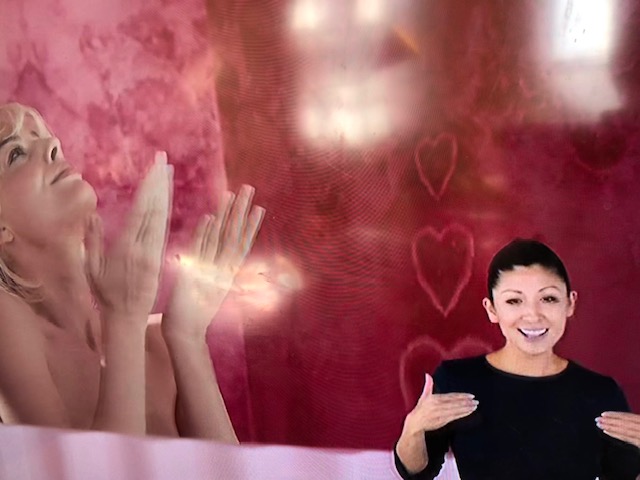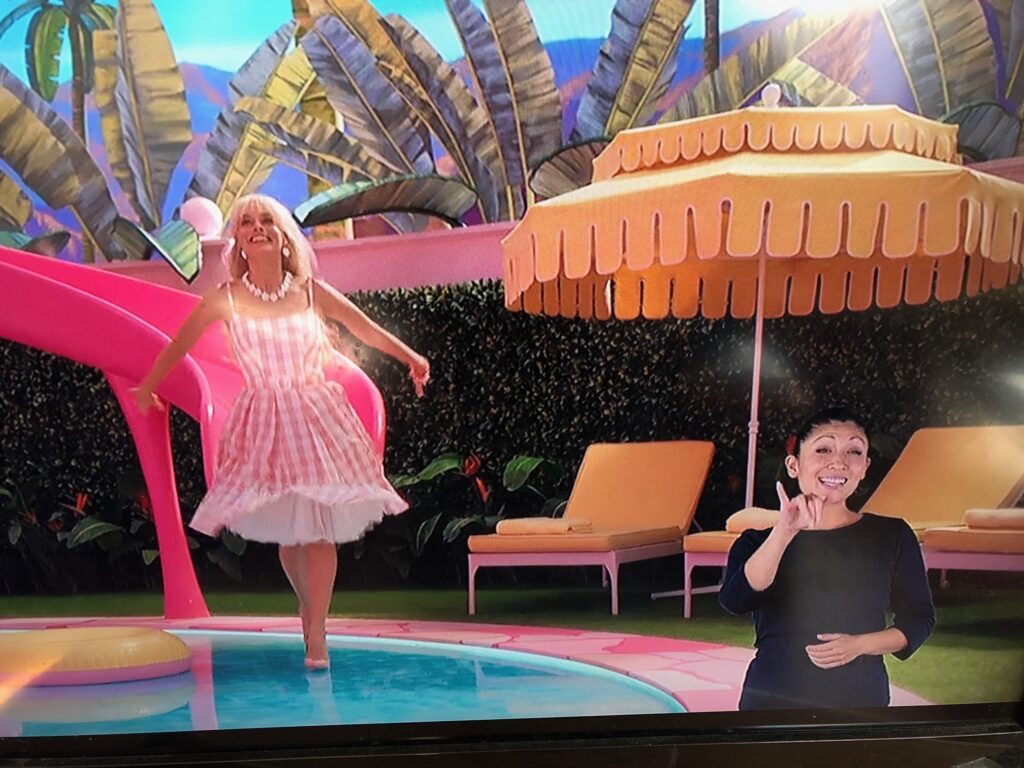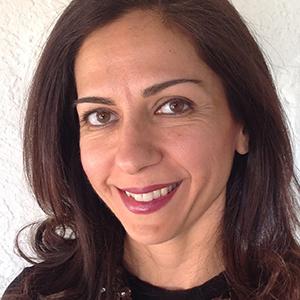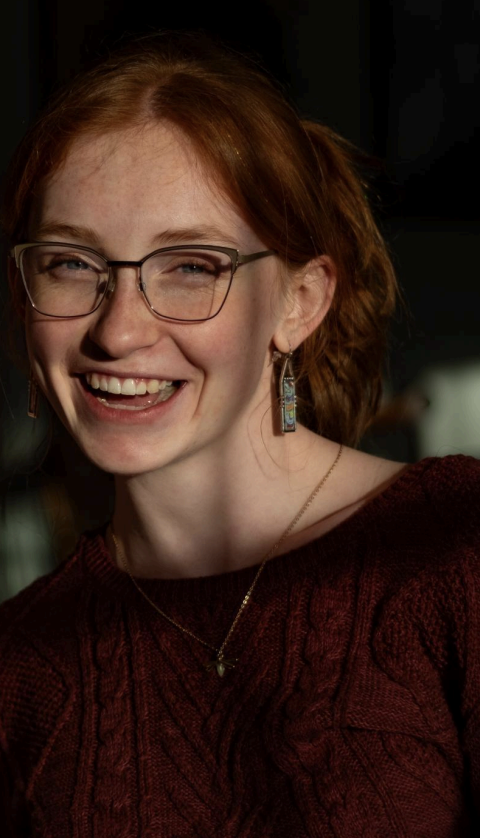ASL Versions of Blockbusters Like ‘Barbie’ Keep Deaf Community Connected

Viewers flipping through HBO channels can watch three versions of the blockbuster hit Barbie. One in English, one in Spanish, and now, a version in American Sign Language (ASL), with an ASL interpreter appearing in the lower righthand corner of the film.
The opportunity to watch a movie with an onscreen ASL interpreter is still relatively uncommon, although last year, a free Chrome extension, SignUp, began offering about versions of movies on Disney+ and Netflix in ASL, British Sign Language (BSL) and Indian Sign Language (ISL). About 60 movies are available.
ASL offers more information to viewers who are deaf or hard of hearing than simple captioning. While captioning provides a written transcript of what’s being said verbally, it doesn’t provide the level of nuance -tone of voice, inflection – that ASL can.
ASL is its own language with its own grammar, said Emily Blumberg, MS ’01, Clinical Instructor in Communication Sciences & Disorders.
“I think it is a great idea for movies to be presented in ASL, in addition to spoken languages,” said Blumberg. “Individuals who are deaf or hard of hearing should have equal access to entertainment as individuals with typical hearing. People with typical hearing have access to foreign movies with English subtitles, so it makes sense that there should be ASL versions of movies.”

Anna Feder, curator of the Bright Lights Cinema Series and head of Emerson’s Film Exhibition and Festival Program, continually strives for greater accessibility. She recognizes that cinemas are cultural gathering spaces.
“It’s important for the Deaf community to have these films that are such a part of the zeitgeist of culture. Barbie was huge, not just in attendance, but it also created a national and international conversation,” said Feder, who hopes the ASL version of Barbie leads to studios creating ASL versions for more films, and that it’ll be commonplace for multiplexes with multiple showings of the same movie to offer one in ASL. “It’s huge for the industry [to offer ASL versions of blockbluster movies] because it sets an example. Hopefully, it inspires other studio films to see accessibility beyond compliance.”

The ASL version of Barbie gained attention, in part due to the involvement of the movie’s star and producer, Margot Robbie, in creating it. Robbie championed the movie’s ASL performer Leila Hanaumi during an ASL post-screening Q&A, reported The Hollywood Reporter. Another notable ASL version of a blockbuster last year was Marvel’s Ant-Man on Disney+.
Feder said that filmmakers need to be involved with ASL versions on some level, whereas captioning is something that can be done post-production. This presents a challenge to ASL being included in more films, she said.
“Margot Robbie, in particular, engaged with this ASL interpreter, because it’s more than just text,” said Feder. “That person is an artist. It’s not just a simple translation. It’s more involved in ASL work. Hopefully, it encourages people to think about the artistry behind ASL and descriptive audio.”

The artistic element of adding sign language interpretation to a movie stirs mixed feelings for Maryam Salehomoum, Communication Sciences & Disorders senior Scholar-in-Residence.
“On the one hand, I understand the importance and value of presenting a deaf individual with the option of experiencing a movie in their preferred language,” said Salehomoum. “On the other hand, moviemaking is art. Because sign language involves the presence of a third-party mediator (the sign language interpreter) and the interpretation of communication interactions, I wonder if presenting sign language would draw the viewer’s attention away from the set, the actors, and the overall artistic expression on the screen [more so than captions]?”

How to improve film production education to promote accessibility for deaf or hard of hearing (DHH) audiences is Breazy Rowlands’ [’24] capstone research question. She recognizes just how important ASL is to communication, and at Emerson, she’s learned firsthand from professors who are deaf. She emphasized that facial expression, or non-manual markers, are just as important to the language as the position, shape, and someone’s hand movements.
“With ASL versions of these movies, the DHH viewers can not only watch but experience the story fully,” said Rowlands. “For any DHH community members with little to no comprehension of the English language, an on-screen ASL interpreter would be the better option for them.
“Don’t get me wrong, captioning is great for a variety of individuals with diverse communication and linguistic needs. In conjunction with an on-screen interpreter, the world of film has become a lot more accessible.”
Categories